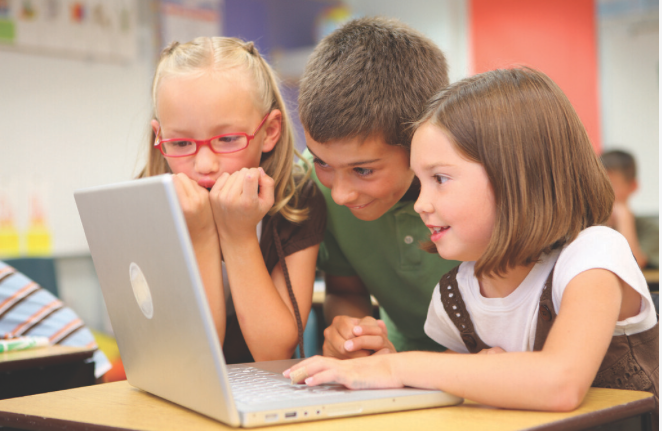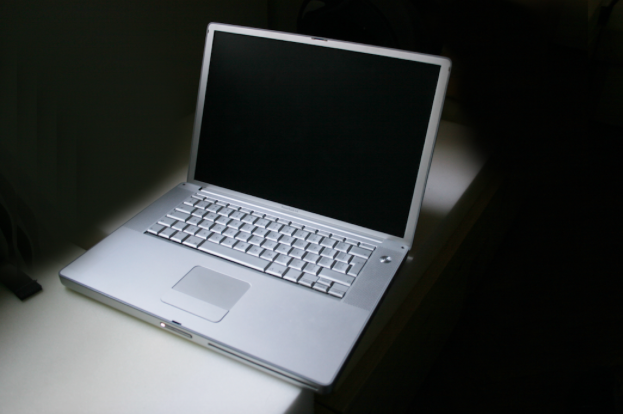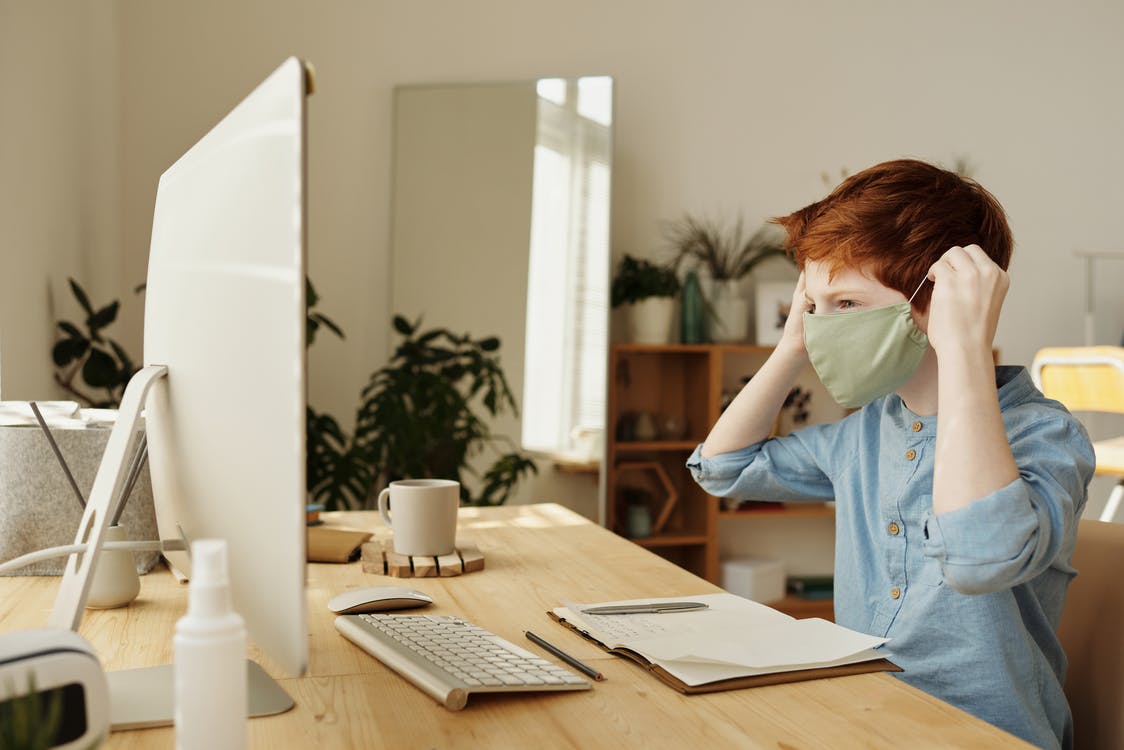As backpacked students file into school, their teachers prepare lesson plans, principals develop school-wide engagement programs, and school counselors work to create meaningful relationships with students. In addition to teaching, educators must monitor students’ physical and emotional well-being. When a teacher (or other school administrator) notices signs of physical abuse—like bruises—, neglect—like extreme sleep deprivation or malnourishment—, or emotional abuse —like mood swings or outbursts—, they are required by law to report the suspicion of abuse through an online Mandated Reporter form. Following a report, Louisiana’s Department of Children and Family Services (DCFS) begins an investigation and determines next steps, depending on the situation.

Typically, children attend school in-person creating relationships with teachers, students, and administrators.
Photo by: Lucélia Ribeiro
In 2016, 3,472,000 children in the U.S. received an investigation, and 676,000 children were determined to be child victims. In New Orleans, when a teacher reports suspicions of abuse, their report goes directly to a centralized intake center where workers use the Structured Decision Making (SDM) tool to decide whether the report meets criteria for legal intervention. The primary criteria include: a child under the age of 18, an allegation of child abuse or neglect that fits Lousiana Children’s Code defintion, and an alleged perpetrator meets legal definition of a caregiver. If the case matches each of the three criteria, then the case is pursued by Child Protective Services (CPS). Once the investigation process begins, CPS workers must determine if the case is Priority 1 (contact within 24 hours), Priority 2 (contact within 48 hours), Priority 3 (contact within 3 days), or Priority 4 (contact within 5 days).
As the Coronavirus pandemic struck through New Orleans, Governor John Bel Edwards issued a statewide closure of schools in March. According to a survey by the Louisiana Department of Education in April, 28% of students (that is more than 1 in 4 public school students) lacked access to a computer or tablet during the school shutdown, 44% didn’t have internet access at home and 22% didn’t have cell-phone access (that could be used for video calls and learning).

In April, 28% of students lacked access to a computer or tablet during the school shutdown.
Photo by: Creative Commons
Additionally, approximately two-thirds of these students live/d in low-income households. With a limited (and sometimes non-existent), teacher-student relationship, teachers could only see what was in front of them: a headshot video. But these relationships were also met with unreliable internet connection and diminished privacy as students were forced to work side-by-side with parents, caregivers and siblings.
As a result, New Orleans, along with the rest of the United States, made headlines as they experienced their lowest rates of child abuse cases ever. According to Lousiana’s DCFS, there has been a 50% decrease in the number of child abuse hotline reports since March 2020. During April and May, DCFS received around 5,198 abuse reports, which is almost half of the number of reports (9,257) from the same two month period in 2019. These striking drops in abuse cases outwardly appear as a win for America but professionals who work in the child abuse prevention and maltreatment field would suggest that these numbers are not only unreflective of current child abuse cases, rather cases are increasing.

Children and parents had to adjust to online schooling.
Photo by: Julia M. Cameron
According to the National Center for Fatality Review and Prevention (NCFRP), a database on infant and child death, the major risk factors for child abuse and fatality are “low income, single-parent families experiencing major stresses, lack of suitable childcare [and] parents and caregivers who do not understand children’s needs and development.” During the Coronavirus pandemic, the New Orleans economy lost 17% of its total employment. In addition, many parents or guardians were forced to work from home or quit their job as they had to begin homeschooling children. Whether it be unemployment or the new anxiety of having to teach or the combination, most parents were faced with these struggles and were forced to adapt. Unfortunately, these major life changes can also be considered major risk factors for child abuse. As more children are living in households struck by an increase in major risk factors, we should be even more suspicious of the supposed drop in child abuse cases. Instead of praising this statistic, we should question what is truly happening to cause a dramatic drop.
Internationally, Sweden reports extremely low child abuse cases and high in number of child protective laws. In 1979, Sweden was the very first country to criminalize spanking, through an amendment to The Parental Code that prohibited any violence against children in the home. Just ten years following the new amendment, Sweden saw their child abuse cases decrease by one sixth from their reports prior. At this same time, Swedish child abuse cases were half those of America. While at first Swedish parents didn’t support the government’s control over their childrearing practices, with time the Swedes experienced the positive outcomes and effects of this change. The amendment allowed parents who relied on physical punishment to seek help or to be identified early in order to stop the cycle of abuse before it even began. Incorporating these laws with those of the U.S. is vital in truly reducing rates of child abuse in New Orleans. Through education of the harmful effects of spanking and hitting at home, identification of early signs of abusive behavior, and criminalization of any violence against children, New Orleans, along with the rest of the U.S., will see a real drop in child abuse cases. In NOLA schools, teachers will educate students and parents on why spanking is unacceptable and will provide better and healthier ways of discipline. By declaring homes, schools, restaurants and businesses “No Hit Zones”, New Orleans will positively influence attitudes, norms and behaviors—pandemic or not.
 NOLAbeings
Multimedia artist Claire Bangser created NOLAbeings as a portrait-based story project that marries...
NOLAbeings
Multimedia artist Claire Bangser created NOLAbeings as a portrait-based story project that marries...
 Data corner: Adobe Suite (create a PDF, social media graphic, presentation, edit a photo and video
Data corner is where you go to work with analytics and top tech skills. It takes on everything from PERL and SQL to Canva and Sprout Social.
Data corner: Adobe Suite (create a PDF, social media graphic, presentation, edit a photo and video
Data corner is where you go to work with analytics and top tech skills. It takes on everything from PERL and SQL to Canva and Sprout Social.
